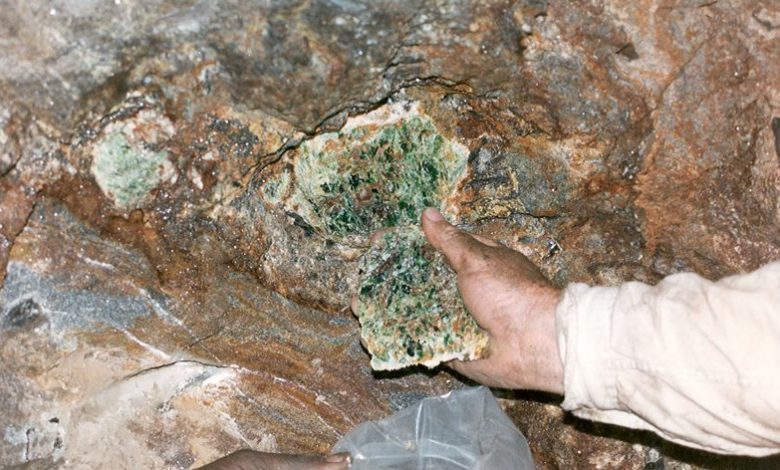Tsavorite: The fight to save a legacy

In 2009 Campbell Bridges, a world-renowned gemstone expert and geologist, was murdered. It shocked and horrified the jewellery and gemstone industry – not just because it represented the death of one of the sector’s most famed personalities, but also because of the heartless manner of his assassination.







